Your cart is currently empty!
What Every Mama Needs to Know About Young Children and Choking
My 15-month-old daughter had an almost-choking episode during lunch the other day. And when I say “almost,” I do not mean she gagged. I mean she was looking at me with a blank expression on her face for about 2 seconds with her mouth open, unable to make any sound.
Almost-choking is unfortunately a fairly common occurrence during meals for us because of her reflux. She used to gag multiple times during every meal, but that has thankfully become much less frequent. She has also had this near choking experience before.
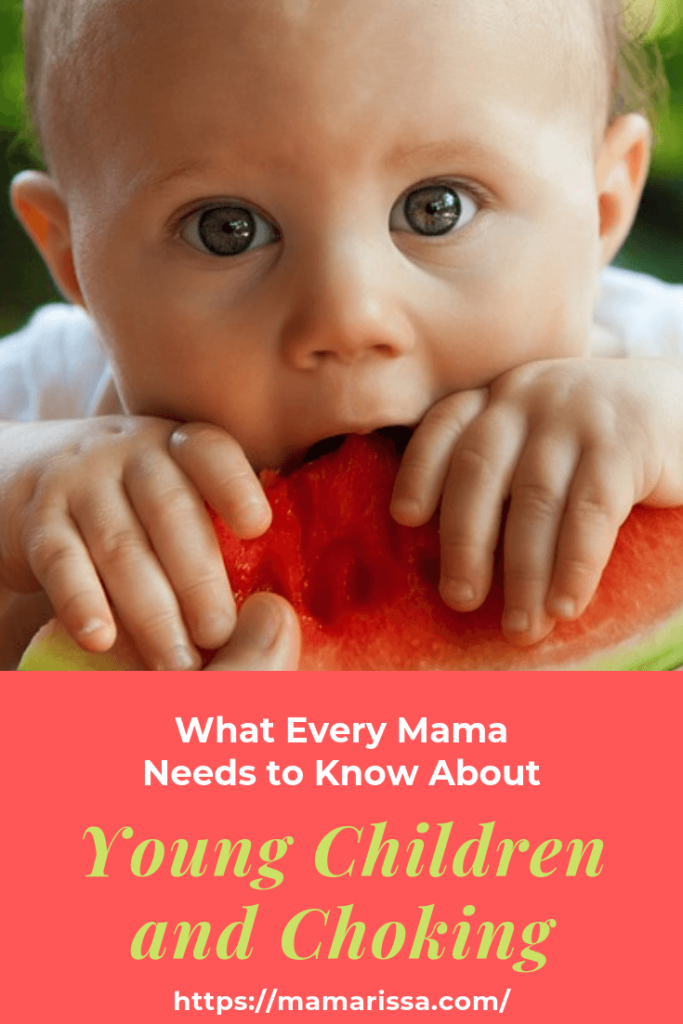
But this time was a little different. The food was stuck in her throat for about a second longer than has ever happened before, and it scared her. In the past, she has simply continued on with her eating, but this time she cried and needed comforting.
As terrifying as this moment was for me (and it is terrifying every time it happens), I felt confident that I knew what to do if she could not get the food dislodged on her own.
My husband and I took an infant CPR class when we were expecting my daughter, and it was the most beneficial class we took while preparing for our baby.
I have since reviewed the CPR procedure a couple of times, knowing it is entirely possible I will need to use it on my daughter one of these days – all the while, hoping the need never arises.
But hoping is not enough. Do you have the knowledge you need to be capable of saving your child’s life when it comes to choking? Even if you do, it never hurts to review this important information.
Please note that I am not a medical professional and this post is for informational purposes only. It is not intended to replace instruction by a trained expert.
The Facts on Choking in Young Children
- Choking is the leading cause of infant death due to unintentional injury in the U.S. (Source).
- Thirty-four children are admitted to the ER every day for choking, not to mention many more who do not end up in ER (Source).
- Choking is a major concern up until the child is 4 years old (Source).
- Food, coins and toys are the primary causes of choking incidents in children (Source).
- The Consumer Product Safety Commission does not test every toy on the market (Source).
Food Safety to Prevent Choking
To help prevent your child from choking on food, it’s important to have certain rules about how and when food can be consumed.
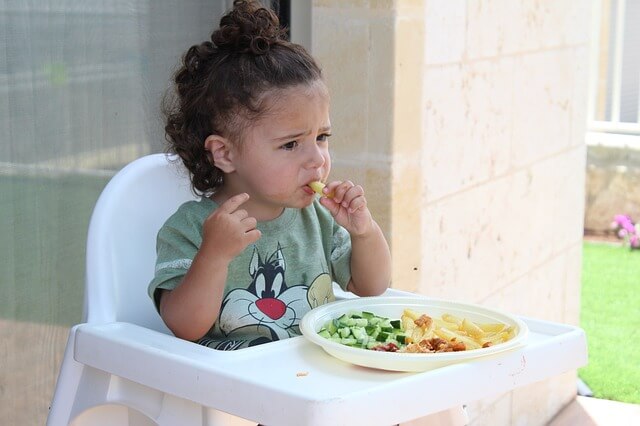
The CDC (Centers for Disease Control) recommends having your child sit upright in a child-safe chair to eat and not allowing food in the carseat or stroller.
It is also important to sit with your child while she is eating. Not only is this a safety measure, but it promotes the idea that mealtime is family time.
My daughter and I always eat our meals together so that I can watch for signs of choking, and I often use this time to read her a book, which is a great way to stop in the midst of the business and just spend time together.
When she is eating a snack outside of her chair, she knows she has to stay in the kitchen (not that she always follows this rule perfectly) where I can keep an eye on her to make sure she is safe (this also keeps the crumbs confined to one room where they can be quickly cleaned up when she’s done).
But what kinds of foods are hazardous to babies and young children? Does everything have to be pureed or chopped into tiny bits? This was something I struggled to figure out when we started baby led weaning with my daughter at 6 months of age.
There are some obvious things to avoid. Just about every mama has probably heard about the dangers of whole grapes and knows not to hand her toothless 7-month-old baby a pecan nut. But who knew something as seemingly innocent as creamy peanut butter could be sinister as well?
The following list is a good starting place for foods to avoid feeding your young child (unless you can alter them to make them safer and easier to chew and swallow):
- Nuts
- Seeds
- Nut butters
- Whole grapes
- Raw vegetables
- Raw hard fruits
- Hotdogs
- Chunks of meat
- Any large pieces of hard or semi hard food
- Any sticky food
The CDC has helpful lists of choking hazardous foods to avoid separated by the 6-12 months and 12-24 months age range for more ideas on what to stay away from.
If you’re ever unsure about a food you’re thinking about giving your child, pediatrician Dr. Jamie Friedman told People any piece of solid, unmoldable food that is larger than a thumb’s width is a choking hazard for a child. Everything should be chopped smaller than this before being offered to little ones.

For my daughter, making food non-hazardous without fully doing pureeds was a challenging experience. I won’t get into the reasons why I chose to do baby led weaning, but I was committed to sticking with it, albeit my own modified version.
I basically just cooked everything until it was pretty mushy and/or chopped food into extremely small pieces. Even doing this, my daughter gagged constantly. But she did the same with pureed food, so we carefully continued on.
If you are doing baby led weaning, be careful not to rely fully on what other people write online about appropriate foods to give your baby. I remember reading that raw radishes are a great baby led weaning food.
Seriously?! Even if you chop a radish into smaller pieces, it’s still too hard for a baby with few or no teeth to be able to chew. Just use your common sense and choose the cautious route with anything you’re not sure on.
Toy Safety to Prevent Choking
There are some obvious rules a lot of mamas already know regarding toys with small, chokable parts, but I’m going to mention them anyway.
Sometimes we get lazy or forgetful (guilty over here) about putting away the toys with small parts, but this is obviously a simple way to protect our little ones from choking.
It is especially important to keep older siblings’ toys out of the hands of toddlers and infants, as these toys often have chokable pieces that can come off even if the toy itself is not small enough to be choked on – and kids are masters at disassembling things.
Here is a list of toys and items considered to be some of the main choking hazards for little ones:
- Latex balloons
- Coins
- Marbles/small balls
- Watch batteries
- Pen and marker caps
- Buttons
- Small magnets
- Dress-up jewelry
- Beads
- Bean bag chairs (the foam beans inside are easy to choke on if the material of the chair rips open)
When deciding whether or not a toy is suitable for a young child, don’t underestimate what kids can stuff into their mouths! Children are curious and constantly experimenting, so trying to fit something large in their mouths is just a fun game to them.

The nurse who instructed the infant CPR class we attended before my daughter’s birth told us if a toy – or other object – can fit inside a toilet paper tube, it is a choking hazard.
That was extremely helpful for me. Any time I am trying to determine if a toy is a choking hazard, I guesstimate whether or not it would fit inside a toilet paper tube.
Rescue Maneuvers for When Your Child is Choking
Obviously, prevention is preferable over having to respond to a choking incident, but there is only so much we can do. Accidents happen and babies and young children are still learning how to chew and swallow efficiently, so we have to be prepared to react quickly if a child does choke.
Helping a Choking Child
Something that was confusing to me before taking the infant CPR class was the difference between back slaps alternated with chest thrusts and chest compressions alternated with rescue breaths.
So here’s what each one is and its purpose:
Back Slaps: Helps dislodge the food or object the child is choking on and should be alternated with chest thrusts after five slaps.
Chest Thrusts (abdominal thrusts on children over one): Helps dislodge the food or object the child is choking on and should be alternated with black slaps after five thrusts.
Chest Compressions: Helps maintain circulation in an unresponsive child to prevent brain damage until the child can breathe on his own and should be alternated with rescue breaths after 30 compressions.
Rescue Breaths: Helps maintain oxygen levels in an unresponsive child to prevent brain damage until the child can breathe on his own and should be alternated with chest compressions after two breaths.
To make this as clear as possible, if your child begins to choke and is unable to clear the obstruction by coughing, you need to administer back slaps alternated with chest thrusts (abdominal thrusts if the child is over the age of one) to help force the obstruction out of his airway.
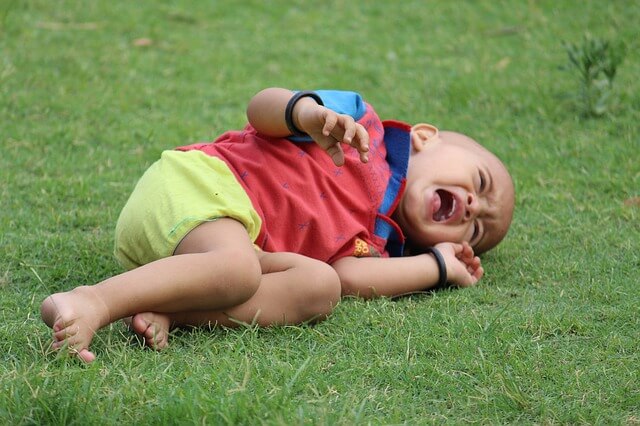
If you can see the obstruction in your child’s throat, try to remove it, but do not reach inside his mouth if you cannot see the obstruction as you may inadvertently push it further into his airway.
If at any point your child becomes limp and unresponsive or is gasping for air, your focus needs to immediately shift from dislodging the obstruction to keeping oxygenated blood flowing to his brain to prevent brain damage.
This is where CPR (Cardiopulmonary Resuscitation) comes in, which involves alternating between chest compressions and rescue breaths.
Performing CPR
I am in no way an expert in child safety or CPR, so I will not attempt to teach you how to perform CPR on your unresponsive child.
However, there are some valuable resources online which can be very helpful for reviewing the steps to take if your child chokes, requiring you to take life-saving measures.
National Health Care Provider Solutions has thorough instructions on performing CPR as well as chest/abdominal thrusts on infants and on children aged one to puberty.
Also, the National Safety Counsel has a simple infographic depicting instructions for how to administer CPR to infants under a year, young children, and children over nine up to adulthood.
But as helpful as these are to reference, I also highly recommend taking a class where you get to actually practice performing CPR and receive valuable information. The one my husband and I took cost all of $10 and required less than two hours of our time. It was so worth it.
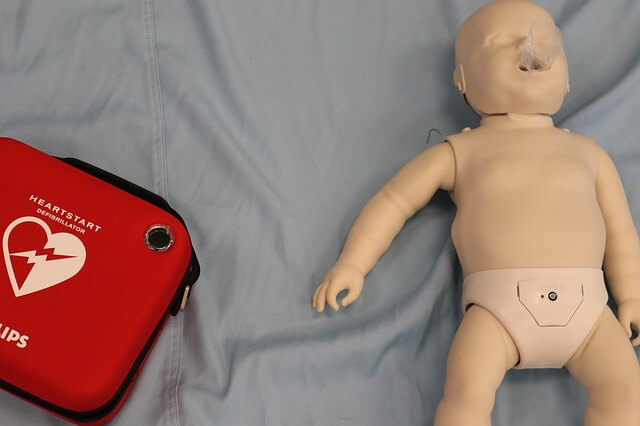
We took the class from a local hospital, but it was not the one where I gave birth (as a matter of fact, none of the classes we took during my pregnancy were at “my” hospital). Check around the various hospitals or other child safety organizations in your area.
Choking is something child safety experts are trying to make parents more aware of, so information and instruction on how to handle life-threatening situations shouldn’t be terribly expensive or hard to find, but ask your child’s pediatrician for recommendations if you’re having trouble finding resources.
The Time to React to Choking is Now
Waiting until your baby, toddler or preschooler is choking and unable to breathe is not the time to be trying to figure out what to do. Even the most prepared person is going to be flustered and frantically trying to determine how to handle the situation in that moment.
The time to react is right now. Take precautions when it comes to food and toys that pose a choking risk, and makes sure you are educated in how to perform back slaps, chest thrusts and abdominal thrusts as well as CPR.
Hoping it won’t happen to your child is not enough. Don’t be lazy about this now – it’s too high of a price to pay to have regrets.
What are your top tips for preventing and responding to choking incidents with children? Share them in the comments!
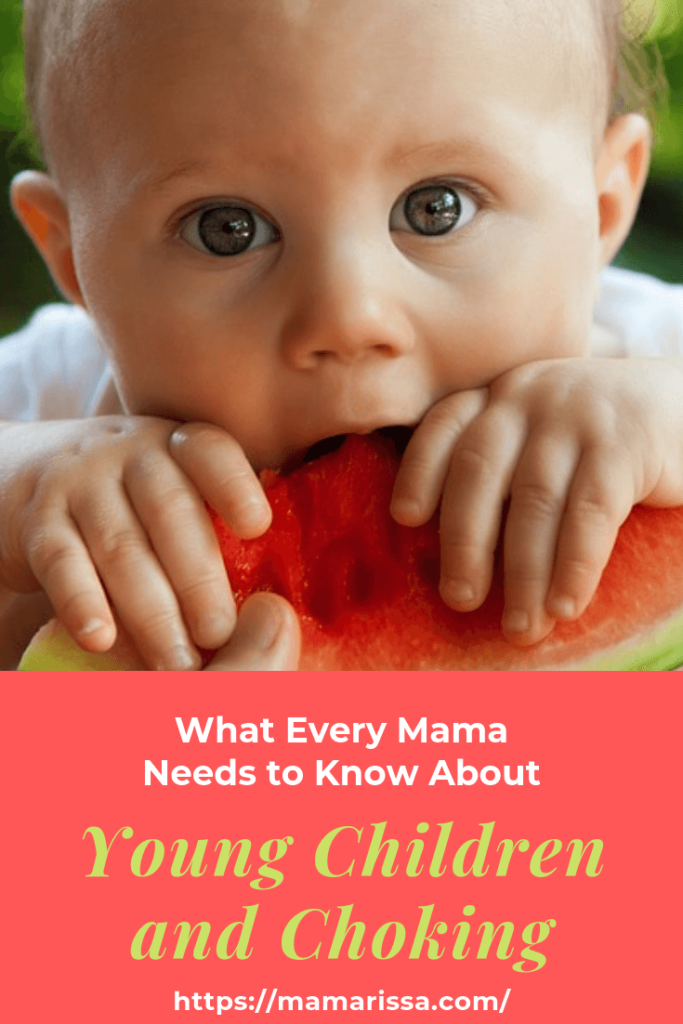

8 responses to “What Every Mama Needs to Know About Young Children and Choking”
[…] Read more about how to prevent and respond to choking in young children in this post. […]
[…] For more on preventing and responding to choking in young children, read this post. […]
Such a thorough and great post! Having a child choke is one of my absolute greatest fears. My kids are 4 and 6, but I’m still very afraid of it. One of my kids almost choked on a piece of ham a few years ago and I still remember how scared she looked and how helpless I felt afterwards. Definitely recommend a first aid for kids course to all parents, you never know when you’ll need the skills (though hopefully never)!
Ida,
I wholeheartedly agree; taking a class to be prepared for emergency situations with children is invaluable!
This is such an informative read and will hopefully help save lives! Choking is common with young children and babies. If people are more aware of how to prevent and how to respond, hopefully this will help prevent fatal incidences. Great post!
Jordan,
It is a common problem unfortunately. It can be so difficult to be prepared to protect our children from everything that can harm them, but choking is certainly a big one that cannot be ignored.
Oh my gosh how scary! This is something I worry about every single day with my son! Thankfully he has only gagged, but this was an amazing article and should really be ready by all parents when they start feeding solids! Thanks for sharing 🙂
Brittany,
I agree, it is scary! It’s definitely something all parents need to educate themselves about.


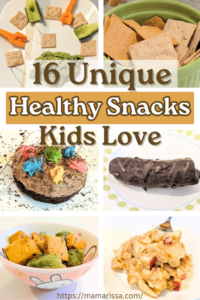
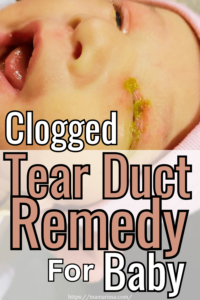
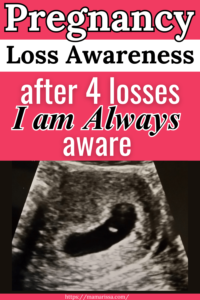





Leave a Reply